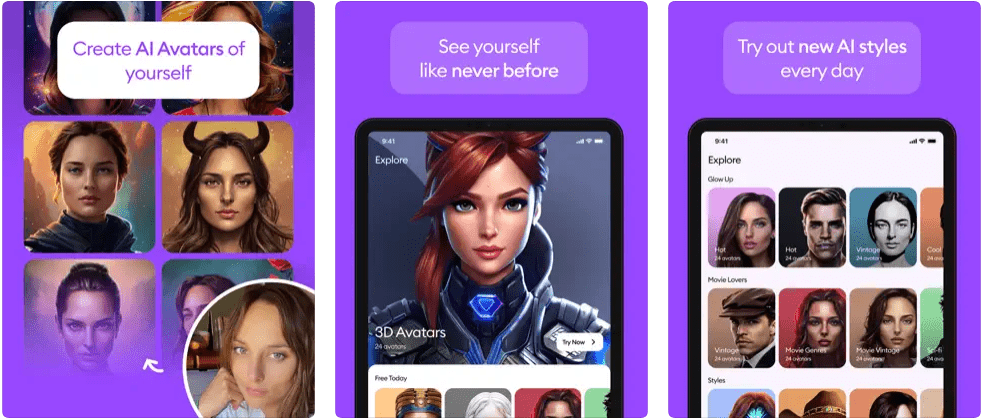
The Dawn of AI-Powered Image SynthesisThe Dawn of AI-Powered Image Synthesis In the realm of digital art and visual innovation, artificial intelligence (AI) is revolutionizing the way we create and interact with images. With the advent of AI-powered image synthesis, artists, designers, and researchers can now generate stunning, high-quality visuals from nothing more than a text prompt or a simple sketch. Generative Adversarial Networks (GANs) At the forefront of this transformative technology are Generative Adversarial Networks (GANs). Developed by Ian Goodfellow in 2014, GANs use two neural networks that compete against each other: one network generates images, while the other assesses their authenticity. This adversarial process allows the generator network to learn to create realistic images that can fool the discriminator. Diffusion Models Another breakthrough in image synthesis is the development of diffusion models. Unlike GANs, diffusion models generate images by gradually adding noise to a random input image until it becomes a recognizable object. By reversing the diffusion process, the model can generate novel images that exhibit intricate details and artistic flair. Practical Applications AI-powered image synthesis has a wide range of practical applications in various industries: * Art and Illustration: Artists can use AI to generate unique and expressive artwork, from abstract paintings to hyperrealistic portraits. * Product Design: Designers can rapidly prototype and explore new ideas by using AI to generate diverse visual concepts. * Entertainment: The gaming industry is leveraging AI to create immersive virtual worlds with realistic characters and environments. * Science and Research: AI-generated images are being used to analyze medical data, predict weather patterns, and advance scientific discoveries. Benefits and Challenges AI-powered image synthesis offers numerous benefits, including: * Enhanced Creativity: AI can free creators from the constraints of traditional techniques, inspiring new ideas and artistic perspectives. * Improved Efficiency: AI can generate vast volumes of images quickly, allowing artists and designers to explore more design options. * Data Augmentation: AI-generated images can augment real-world data, enhancing the performance of machine learning models. However, there are also challenges associated with AI-powered image synthesis: * Ethical Considerations: The potential for AI-generated images to be used for deepfakes or other deceptive purposes raises ethical concerns. * Loss of Artistry: Some argue that AI image synthesis could undermine the value of human creativity and craftsmanship. * Data Bias: AI models are trained on vast datasets, which can perpetuate existing biases and stereotypes. The Future of Image Synthesis As AI research continues to advance, we can expect even more groundbreaking developments in image synthesis technology. Future advancements may include: * Enhanced Realism and Detail: AI-generated images will become increasingly indistinguishable from real-world photographs and paintings. * Personalized Image Generation: AI models will be able to generate images tailored to individual preferences and styles. * Interactive Image Synthesis: Users will be able to control and manipulate AI-generated images in real-time, creating dynamic and immersive visual experiences. The dawn of AI-powered image synthesis marks a transformative era in the field of digital art and beyond. With its potential to inspire creativity, improve efficiency, and advance scientific research, AI is poised to revolutionize the way we interact with and appreciate the visual world.
Posted inNews